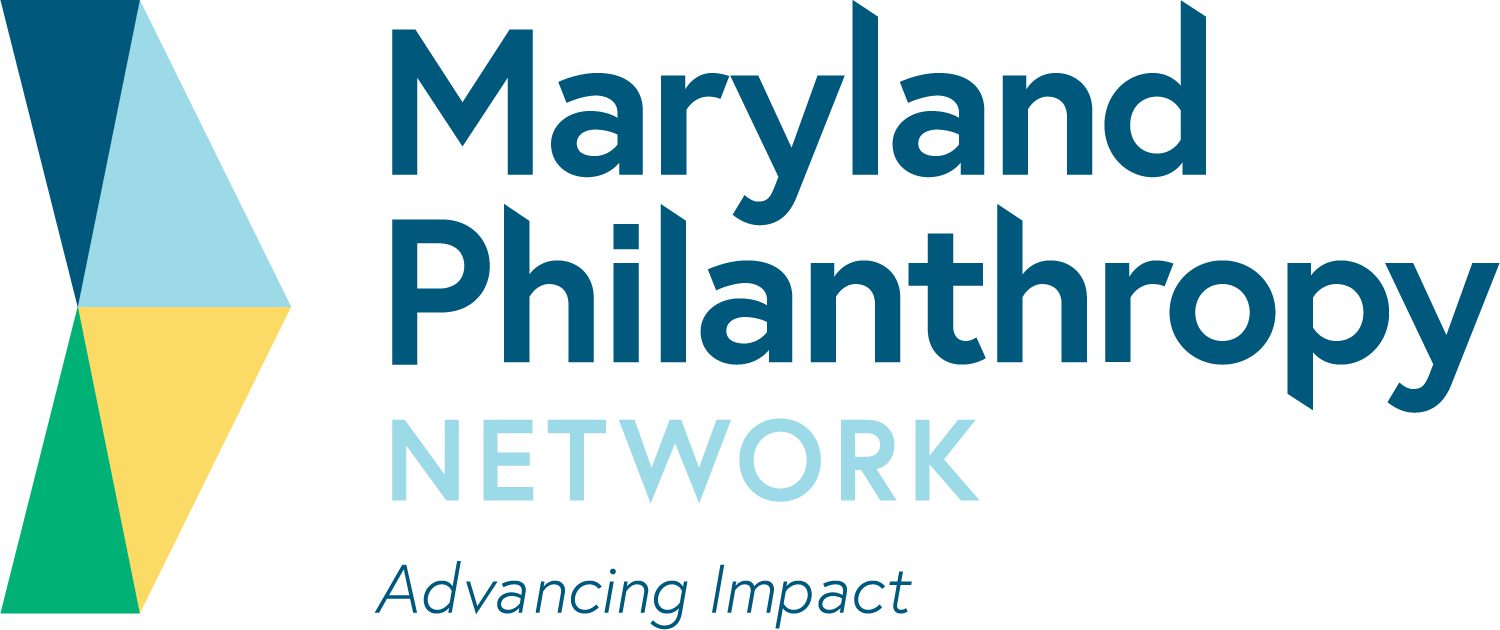Ongoing incidents of tragedy and heartbreak have continued to put a spotlight on the harsh realities that our country must confront.
Maryland’s Department of Labor is preparing to launch the Maryland Works for Wind program, a new apprenticeship model to support the region’s growing offshore wind industry funded with $22.9 million awarded to the state through the American Rescue Plan Good Jobs Challenge grant. In partnership with leading employers—including Chesapeake Shipbuilding, Crystal Steel Fabricators, US Wind, and Orsted Offshore North America—and seven local unions, the Maryland Works for Wind program will build a training model to meet the needs of employers and local communities. At this program, the Business Network for Offshore Wind will give an overview of Offshore Wind, what it will look like in Maryland, and the types of jobs expected to be needed. We will hear from training partner – Jane Addams Resource Corporation, and a labor representative about entry into apprenticeships that will lead to family sustaining employment in the sector.
This fall, the Workforce Community Conversations group is focused on the lack of reliable transportation to work as one of the most vexing barriers for individuals seeking careers across the Baltimore region.
Racial bias in home appraising can harm individuals by making home purchases more expensive or refinancing unattainable, but when compounded on the community level, it can have profound impacts on minority communities’ ability to build wealth. Using newly available federal data, this report finds evidence of systemic appraisal bias that undervalues homes in predominantly Black communities in Baltimore City and the surrounding counties.
RESOURCE FOR MEMBERS ONLY
View materials from 2025 Health Legislative Debrief.
FIND MORE BY:
RESOURCE FOR MEMBERS ONLY
FIND MORE BY:
RESOURCE FOR MEMBERS ONLY
FIND MORE BY:
RESOURCE FOR MEMBERS ONLY
View materials from "Philanthropy and Racial Equity: White Privilege and Power"
FIND MORE BY:
While you are out holiday shopping, I encourage you to stop for a latte and pick up this year’s fashion statement — a red, white, and blue wristband with the message "Indivisible.”
This past September, the Trump Administration announced the termination of the Deferred Action for Childhood Arrivals (DACA) program, with all benefits to be revoked by March 2018.
Join Maryland Philanthropy Network’s Affinity Group on Aging and the Maryland Gerontological Association for a virtual summit to learn about innovative local and national models for aging in the community. This special event will include a cadre of esteemed speakers, networking opportunities, and more!
CHANGING THE FUTURE
Stepping Toward Equity…
In recent years, foundations and other funding institutions across the nation have turned their attention to the concept of incorporating a “DEI (Diversity, Equity, and Inclusion),” “REI Racial Equity and Inclusion),” “REEI (Racial and Ethnic Equity and Inclusion),” or “Healing and Reconciliation” Lens in their grantmaking processes.
Not discussed as often is the analytical frame that undergirds these marketing terms; the “change” the institutional funding entity is trying to address: expanding “diversity” — a more...
FIND MORE BY:
Organizations have their own life cycles.
It’s been some time since nonprofits have had something to cheer about. They have been hit hard by proverbial one-two punches.
The United Philanthropy Forum has compiled a list of resources for relief efforts for Hurricane Dorian to support those who have been impacted. Please be sure to share the resources with your members to support the communities during these trying times.
This report represents the latest in an effort by Philanthropy-Serving Organizations (PSOs) to advance philanthropic practice and impact by centering racial equity.
RESOURCE FOR MEMBERS ONLY
View materials from "Update on Consortium of Coordinated Community Supports in Baltimore City".
FIND MORE BY:
RESOURCE FOR MEMBERS ONLY
View Materials for The Increasing Crisis of Aging Homelessness
FIND MORE BY:
In 2008, City Schools adopted a model for school budgeting called “fair student funding” to put as many dollars as possible directly in schools, whose communities know best what their students need. According to City Schools, a number of changes have occurred since then.

